While Samsung has mostly kept a nice, tight grip on the Android foldable market, it’s becoming more and more apparent the competitors have their sights set on dominating the still-evolving foldable landscape. With that in mind, Oppo has recently been hard at work on its own foldable devices like the Find N2 Flip.
Launched for global markets a few months ago, the Find N2 Flip doesn’t mess around – Oppo’s hoping that the device will be enough to sway discerning buyers from the more popular alternatives, but is that truly the case with the N2 Flip? Let’s take a look.
Displays and Design
In terms of design, the Find N2 Flip incorporates a rather familiar-looking hardware layout pioneered by handsets such as the revamped Moto Razr series, in addition to a very premium exterior. Our review unit comes with a matte-textured black paint job, although there’s also a Purple variant if you’re in the mood for a more pastel vibe.

The sides of the phone are wrapped around by a polished metal frame, which makes for a really clean and premium look all over. It also houses the volume rocker and power button, which doubles as a fingerprint scanner. While the scanner does work for the most part, there are times when fails to scan my fingerprint on the first try.
The outer shell features a display which measures 3.26 inches in size, making it one of the larger external displays available on a foldable. It also allows for quick and easy interaction with notifications, messages, and an always-on display feature for instant access to important information.

Opening up the device reveals a large 6.8-inch AMOLED display, which easily impresses thanks to a 120Hz adaptive refresh rate and 1600 nits of maximum brightness. It should be said though that the inner display isn’t made of glass, so nails and other sharp objects run a risk of denting or damaging the display. It’s admittedly one of the downsides of foldable smartphones, at least until we see significant breakthroughs in terms of foldable display engineering.
The Flip N2’s hinges are impressively built – not too tight as to give trouble when opening the display, but not too loose as to prevent you from using the phone at a 90-degree angle. The same can be said for the rest of the phone, which does feel solidly-constructed overall. One caveat though is the lack of IP68 certification, but given the amount of moving parts involved this is to be expected.
There are dual speakers on the top and bottom of the phone when opened, and while there’s not much of a massive bass sound, they are rather loud and clear.
Internals & Software
Powering the phone is a MediaTek Dimensity 9000+ chipset, and up to 16GB of RAM (depending on regional availability). It should be said that MediaTek’s newer Dimensity chips are nothing short of impressive, and the hardware combination inside the N2 Flip does a great job of keeping up with demanding apps and tasks. Our review unit comes with 8GB of RAM and 256GB of internal storage, a configuration which should serve most users well.

Day-to-day usage is no issue at all, and the phone was capable of letting me multitask and use my go-to apps throughout the day. With that being said, the phone does come with ColorOS 13, a modified version of Android 13 which comes with pre-installed software from Oppo and third-parties. This means that you’ll get some features which you won’t normally find on “cleaner” versions of Android (such as on Pixel and Nokia phones), although there are some apps that I could do without.

The N2 Flip packs a 4300 mAh battery, and comes with support for 44W fast-charging speeds, though you’ll need to use a compatible Super VOOC charger to make use of the phone’s quick charging abilities. Unfortunately, there’s no wireless charging available on the device either.
As with any other phone, battery endurance will be a subjective matter due to individual usage scenarios. It was able to last me from morning until evening though, although running some graphically-intensive games will force you to charge a bit earlier.
Camera Samples
As for camera hardware, the handset comes with a trio of cameras, including a 50MP main and 8MP ultrawide combo on the rear panel, a 32MP camera on the inner display for selfies and video calls, with image processing handled by the MariSilicon NPU inside the phone. There’s a wide range of different photo modes that you can access with the phone, but as far as point-and-shoot photography goes, there’s a lot that the N2 Flip gets right.
As expected, photos in good lighting conditions turn out nicely, and portrait mode in particular does a decent job of edge detection with subjects. On the other hand, there are moments when images on the ultra wide lens tend to be heavily distorted along the edges of photos. The selfie camera is capable, and you can get some good-looking shots with enough lighting. On the other hand, low light photos could use some improvement, especially when shooting in rather dark scenarios.
You can shoot 1080p to 4K resolution videos at either 30 or 60 frames per second on the device, with impressive video stabilization. Preferences regarding color saturation in video clips will of course vary from person to person, but I found it to be a bit lacking at times.
Conclusion
The phone usually goes for $1249 brand-new for US buyers, although you can probably get it at a slightly lower price with trade-ins or deals, depending on where you’re buying it from. This is of course another consideration to take into account, as it is a bit higher than the Galaxy Z Flip 4 which starts below one thousand dollars.
With that being said, it’s clear that Samsung isn’t the only company that’s pushing for supremacy in the foldable handset market, and the Oppo Find N2 Flip is evidence of that. Oppo has provided consumers with a competing flagship foldable, and while there are certain hardware nuances, the N2 Flip still shines thanks to premium build quality and design, a good-looking display, and a capable chipset.
Note: this article may contain affiliate links that help support our authors and keep the Phandroid servers running.


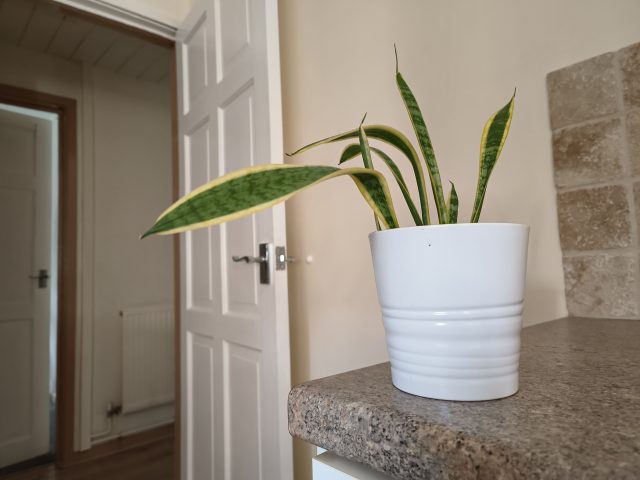


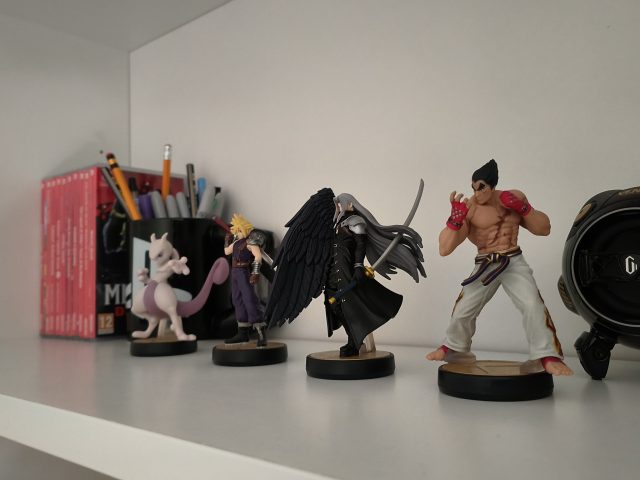


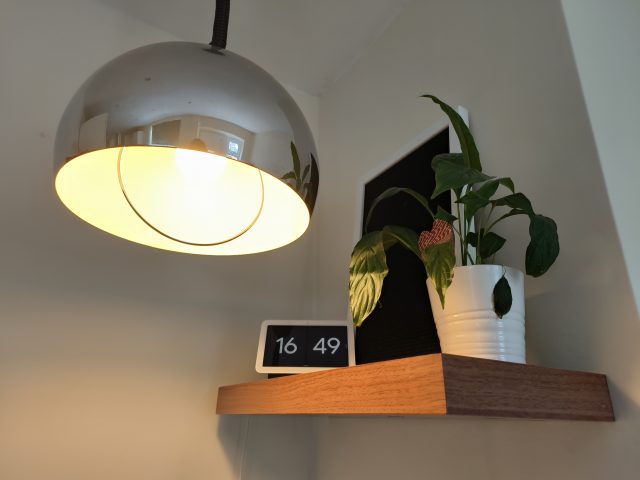
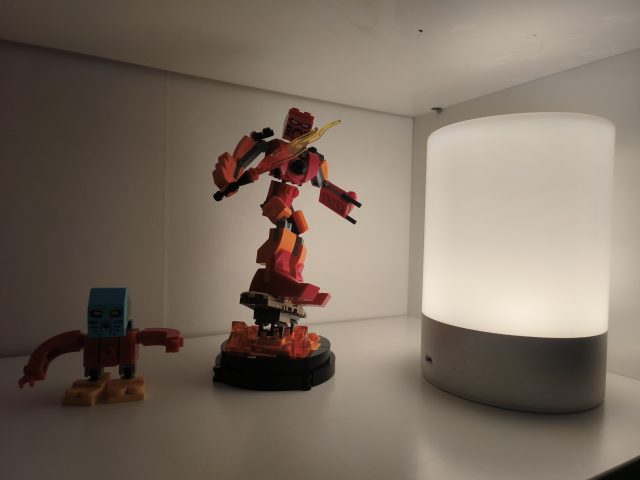
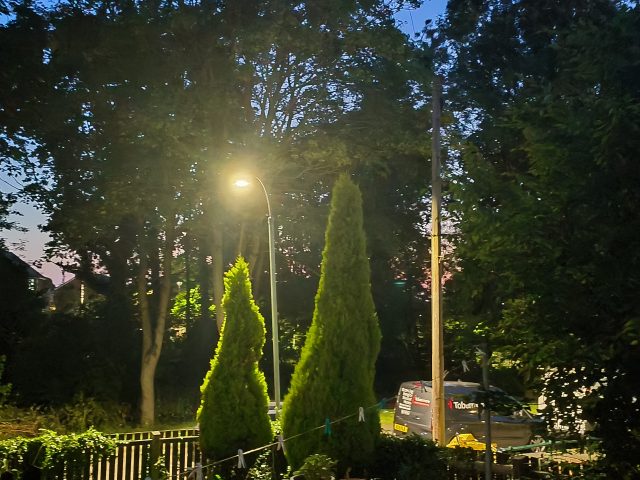


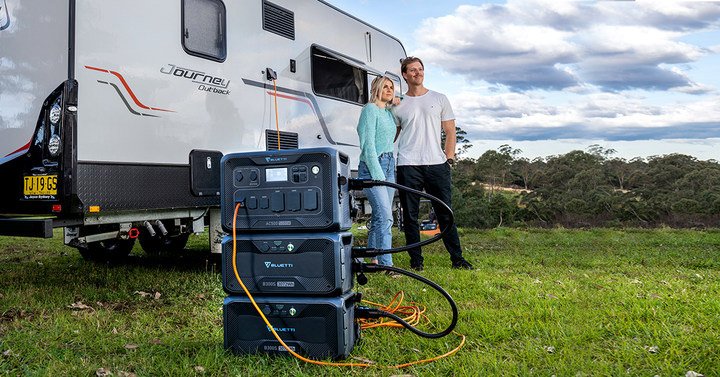

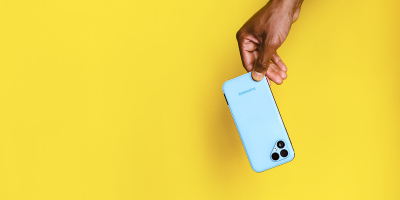

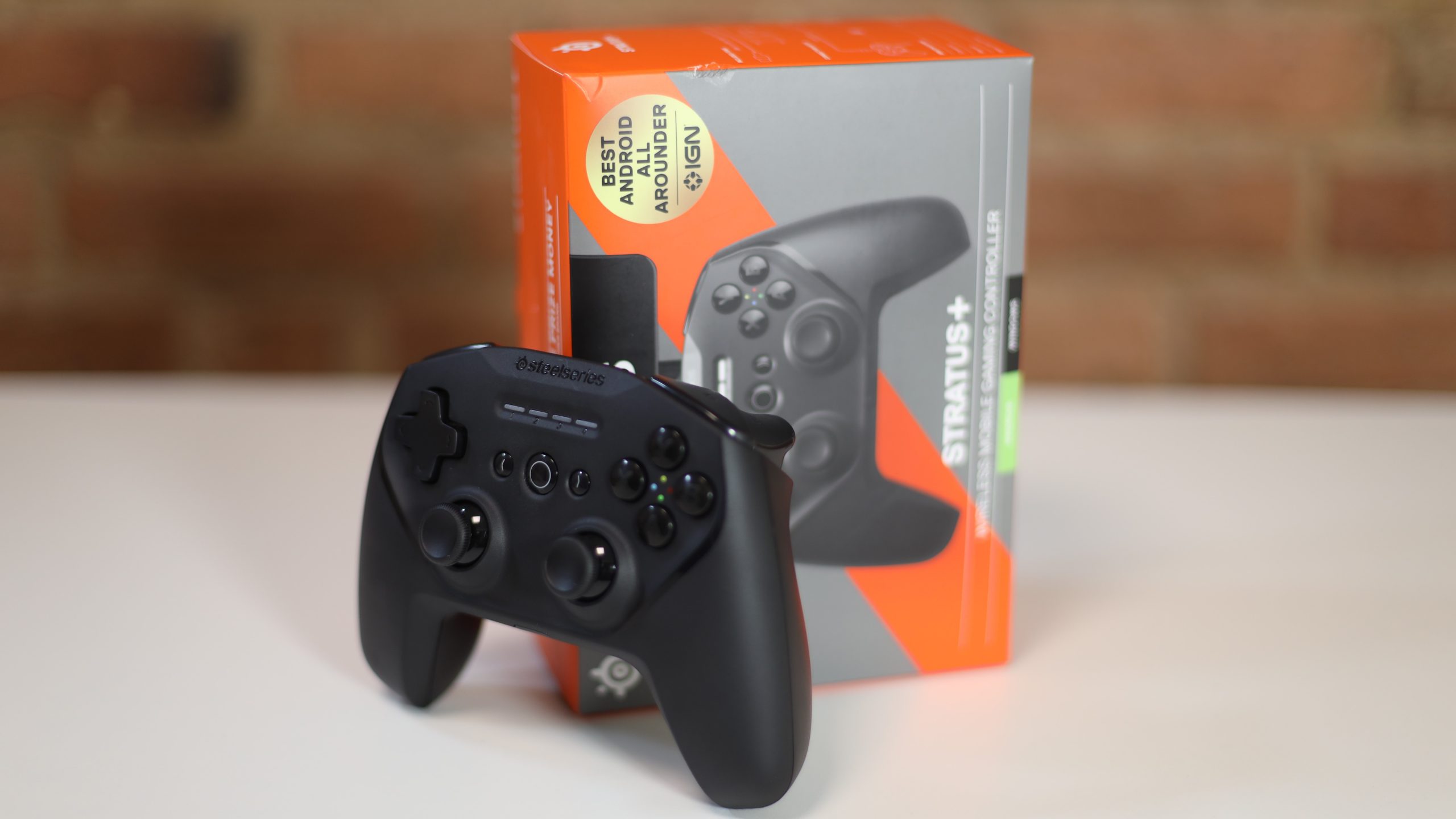



Comments